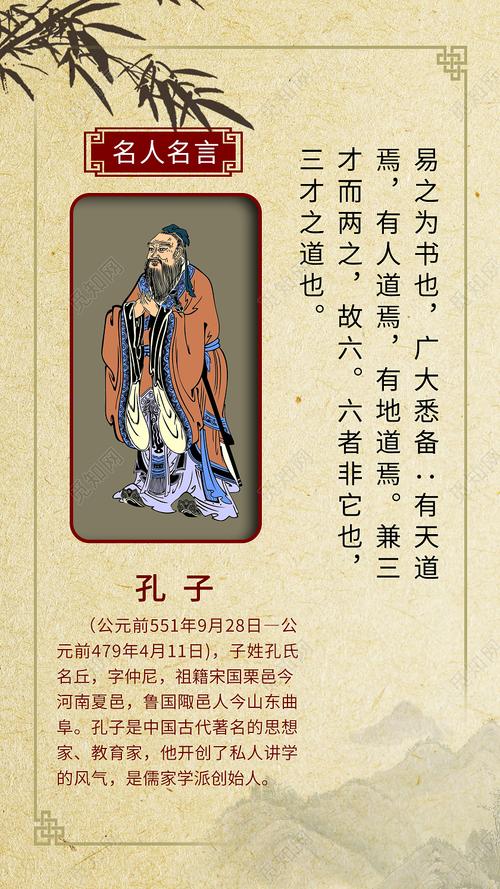
Unit 1 My day
第一课时
一、课时内容
教科书第4页:A. Let’s try Let’s talk Role-play
二、 课时分析
本课时是义务教育灵通版(pep)小学英语教科书五年级下册的第一单元第一课时,围绕“询问对方一天中的作息时间”这个话题展开内容。包括Let’s try,Let’s talk和Role-play三个板块。Let’s try是听力训练,是为Let’s talk部分做铺垫的。 Let’s talk是围绕本单元的总话题My day展开的第一个对话场景,即张鹏与佩德罗谈论有关西方小学生日常作息时间的对话,呈现了When do you…?的句型,通过张鹏询问佩德罗上午什么时候放学,午饭之后什么时候上学,以及什么时候吃晚饭等一系列问题,可以了解西方国家小学生的作息时间与我们中国的小学生的大不相同,引导学生通过积极地询问,会得到很多意想不到的信息。Role-play是为专项训练句型When do you…?创作的问答表演活动,用以巩固重点句型的熟练程度。
本课时是整个单元的首课时,在本单元中起引领与铺垫作用,重点掌握when do you…?的问答句型和一些常用动词短语。对话中呈现了三个句型相同内容不同的问句,加深了学生对该句型的认知度, 接下来又呈现了四幅图,分别代表不同职业的人,学生们通过扮演不同职业的人,运用句型when do you…?进行问答活动,从而了解不同职业的人,起居生活也不同,感悟到工作人员的辛苦与坚韧的高贵品质。
五年级的学生,有着三、四年级的学习英语的经历,具备一定的语言感知能力,因此我准备采用多次呈现对话情景动画,通过声形并茂的方式,感染学生,使学生在新授之前,就可以了解对话内容,再鼓励学生模仿表演对话,感知新句型的应用功能,最后再提炼重点句型,通过游戏活动加以巩固。
三、 课时目标
1.能听说认读单词“when,after,start,usually,Spain,late”。
2.能听懂、会说、运用句型“When do you finish class in the morning?”“We finish class at 1 o’clock.”
3.知道助动词do在问句中的作用与用法。
4.能听懂let’s try部分的录音内容并完成练习。
5.鼓励学生在生活中主动询问他人或对他人的询问能够热情回答,相互了解各自的日常生活以及学习情况。
四、 课时重难点
1.重点
(1)能听说认读单词“when,after,start,usually,Spain,late”。
(2)能听懂、会说、运用句型“When do you finish class in the morning?”“We finish class at 1 o’clock.”
2.难点
(1)知道助动词do在问句中的作用与用法。
(2)鼓励学生在生活中主动询问他人或对他人的询问能够热情回答,相互了解各自的日常生活以及学习情况。
五、教学准备
1.教师准备多媒体课件、录音机以及录音磁带、作为奖励的小贴画。
2.学生自己准备人物头饰。
六、教学过程
1. 课前热身
T:Good morning, boys and girls.
Ss:Good morning, Miss Zhang.
T:What time is it now?
Ss:It’s eight thirty.
T:It’s time for our English class.
Ss:Great.
T:Stand up, plea. Say and do follow me.
Ss:Yes.
T:Get up! Get up! 起床了!
Ss:Get up! Get up! 起床了!
T:Eat breakfast! Eat breakfast! 吃早餐了!
Ss:Eat breakfast! Eat breakfast! 吃早餐了!
T:Go to school! Go to school! 上学了!
Ss:Go to school! Go to school! 上学了!
T:Have class! Have class! 上课了!
Ss:Have class! Have class!上课了!
T:Finish school! Finish school! 放学了!
Ss:Finish school! Finish school! 放学了!
T:Eat lunch! Eat lunch! 吃午餐了!
Ss:Eat lunch! Eat lunch! 吃午餐了!
………
T:Go to bed! Go to bed! 上床睡觉!
Ss:Go to bed! Go to bed! 上床睡觉!
设计意图:通过说话加动作表演,复习学过的日常动词短语,预习将要学习的新动词短语,为本课学习新句型做了很好的铺垫作用。
2. 导入
(1)语言导入
T:Today, we’ll know a new friend. His name is Pedro. He’s from Spain.
(2)借助教科书图画
T: Boys and girls, look at the three pictures. (通过PPT展示Let’s try中的三幅图)Where is for the first picture?
Ss:The play ground.
T: Where is for the cond picture?
Ss:It’s a classroom.
T: Where is for the third picture?
Ss:It’s at home. / It’s living room.
T: Where are Zhang Peng and Pedro? Guess, plea.
S1:They’re at home.
S2:They’re on the playground.
S3:They’re in the classroom.
T:Who can guess the answer? Let’s listen to the cape, plea.
设计意图:通过让学生观察PPT课件Let’s try中的三幅图画,说出三幅图分别代表什么地方,然后猜一猜张鹏和佩德罗在哪里。既然猜了,就肯定想知道到底猜的结果对不对,这就引起了大家的强烈的求知欲望,这时播放录音,学生们听得仔细认真,效果极佳。
附:Let’s try听力材料
Where are zhang Peng and Pedro? Listen and tick.
Pedro is a new student from Spain.
Zhang Peng:Pedro, this is our new classroom. Do you like our school?
Pedro:Yes, but I’m tired. In Spain, I always sleep a little in the afternoon.
Zhang Peng:Really? When do you sleep?
Pedro:At about 2 o’clock.
Zhang Peng:Oh. That’s now, but we have a maths class at 2 o’clock.
答案:中间教室的图
3. 新课呈现
(1)观看动画课件,听一听,了解张鹏和佩德罗在谈论什么。
播放Let’s talk动画课件
T:Now look at Zhang Peng and Pedro. What are they doing?
Ss:They are talking.
T:Yes. Do you want to know what are they talking about?
Ss:Yes.
T:OK. Let’s watch the moving and listen carefully, plea.
设计意图:通过播放动画对话情景,图、文、声、形并茂,调动学生们的所有感官,使学生们能够在短时间内,迅速了解对话情景内容,起到事半功倍的效果。
(2)小组活动,相互解答疑难问题。
T:Who can ask some questions about this dialogue? Who can answer the questions. Now plea ask and answer in your groups.
S1:What’s the meaning of “finish class” in Chine, plea?
S2:It’s “放学”.
S3:What’s the meaning of “eat dinner” in Chine, plea?
S4:It’s “吃晚饭”.
…
…
小组内解答完毕,组与组问答比赛,鼓励每个小组提问比较难的问题,以加减分的形式,评出优胜小组,颁发精品小贴画予以鼓励。
设计意图:组内质疑解答这一环节很有必要,因为在前面热身环节,老师已经带领学生们复习了一些以前学过的短语并预习了一些新的动词短语,但是学生接受能力有差异,在小组内展开质疑解答活动,可以起到查漏补缺的绝妙作用。
(3)教师质疑解惑,讲解重点、难点。
T:Good job!You’re great!
T:I want to ask a question to everyone. Are you ready?
Ss:Yes.
T:Look at the three ntences. What’s the same and what’re the differences?(PPT展示三个句子)
S1:I know the same. They have “When do you” together.
S2:I know the differences. The first is “finish class in the morning”, the cond is “go back to school after lunch, the third is “usually eat dinner in Spain”.
